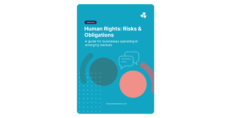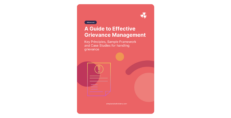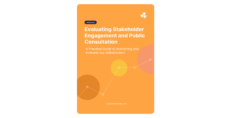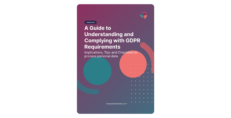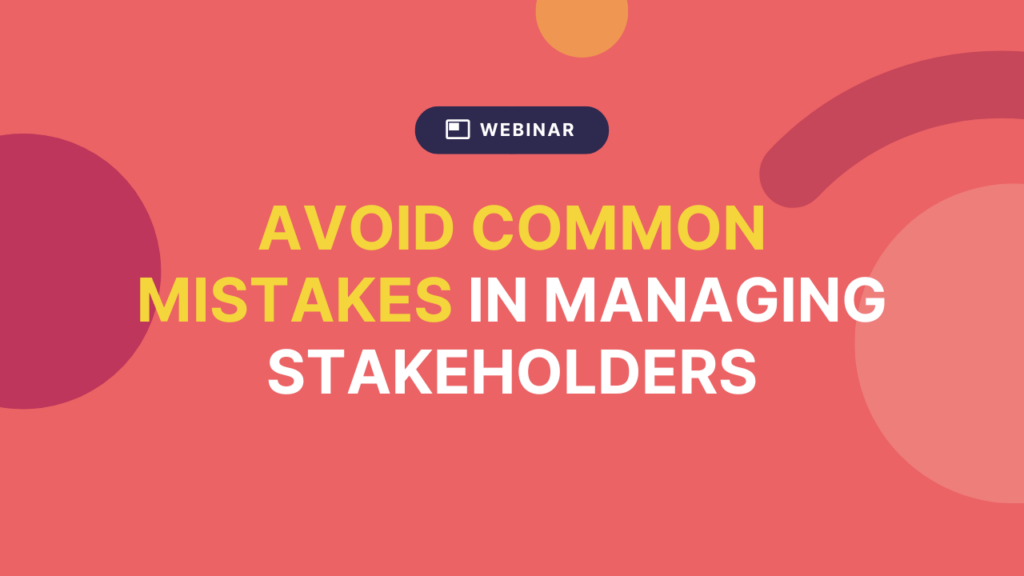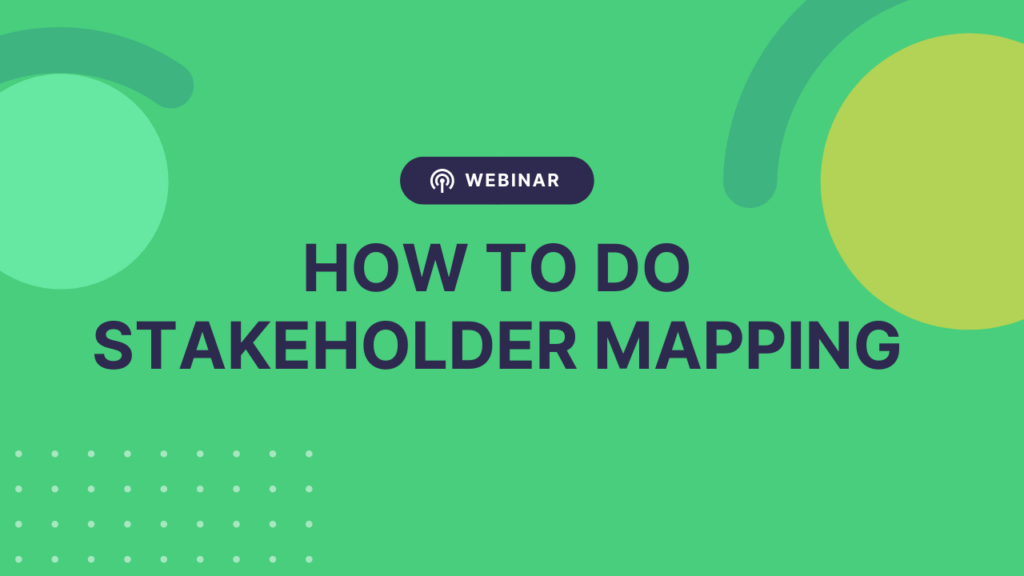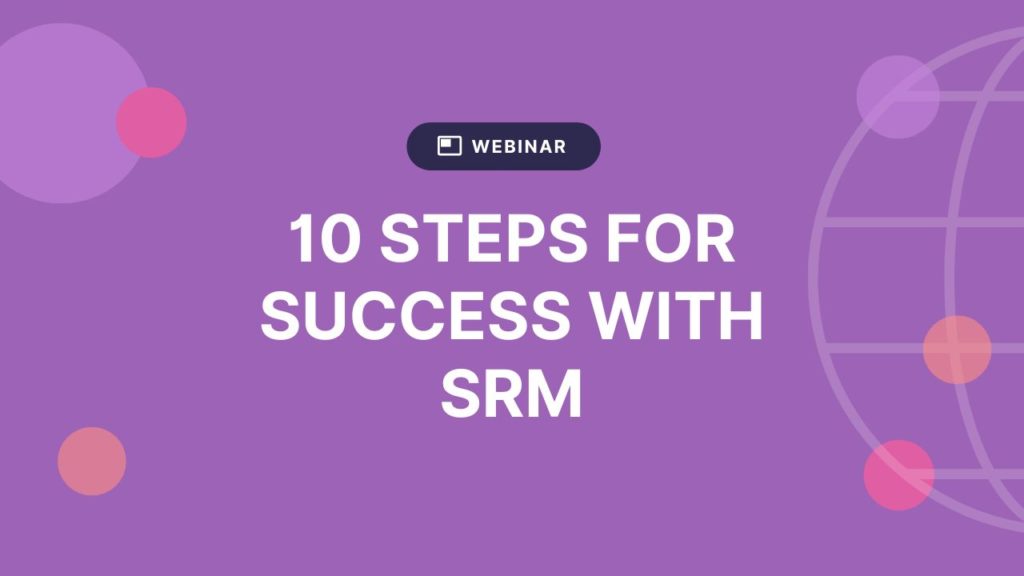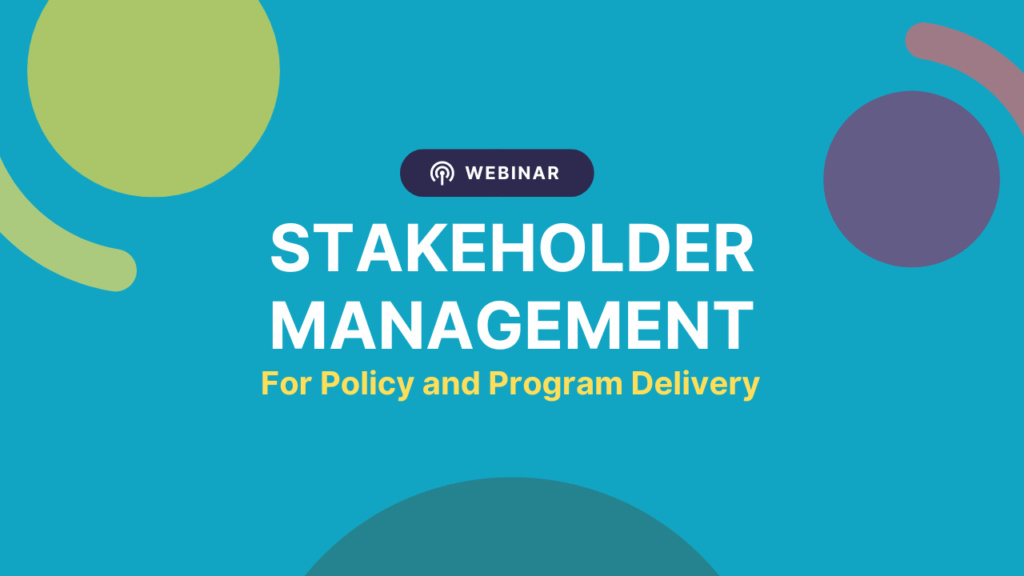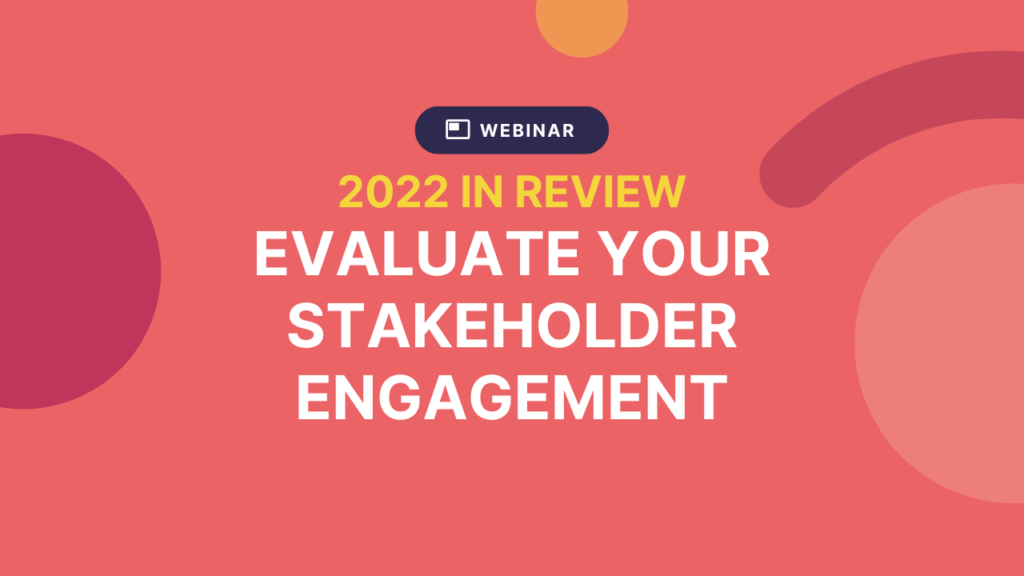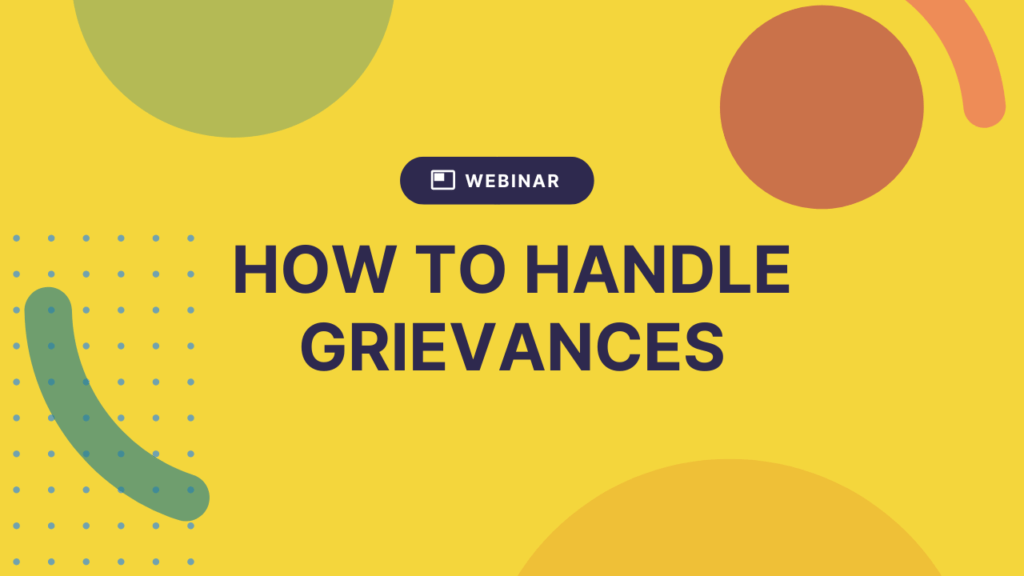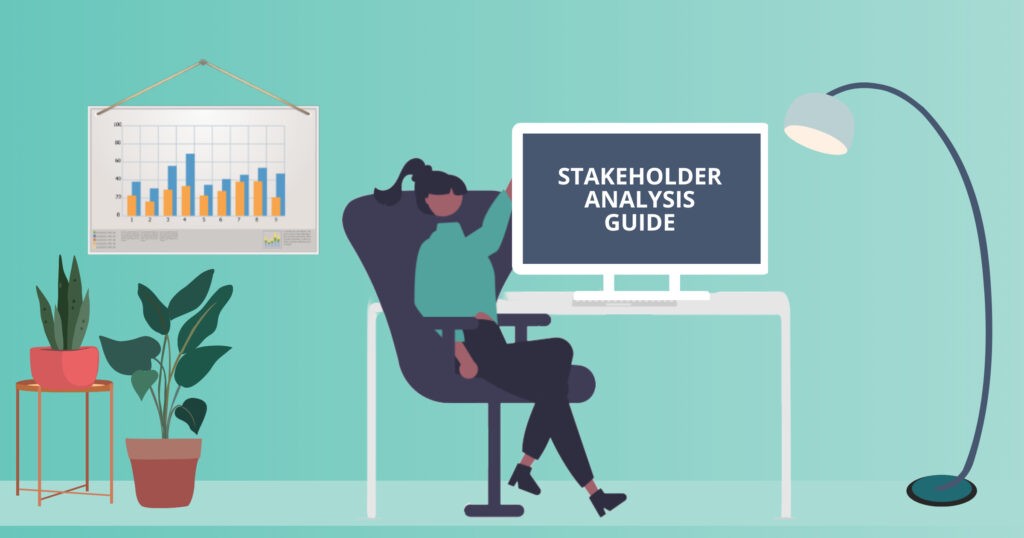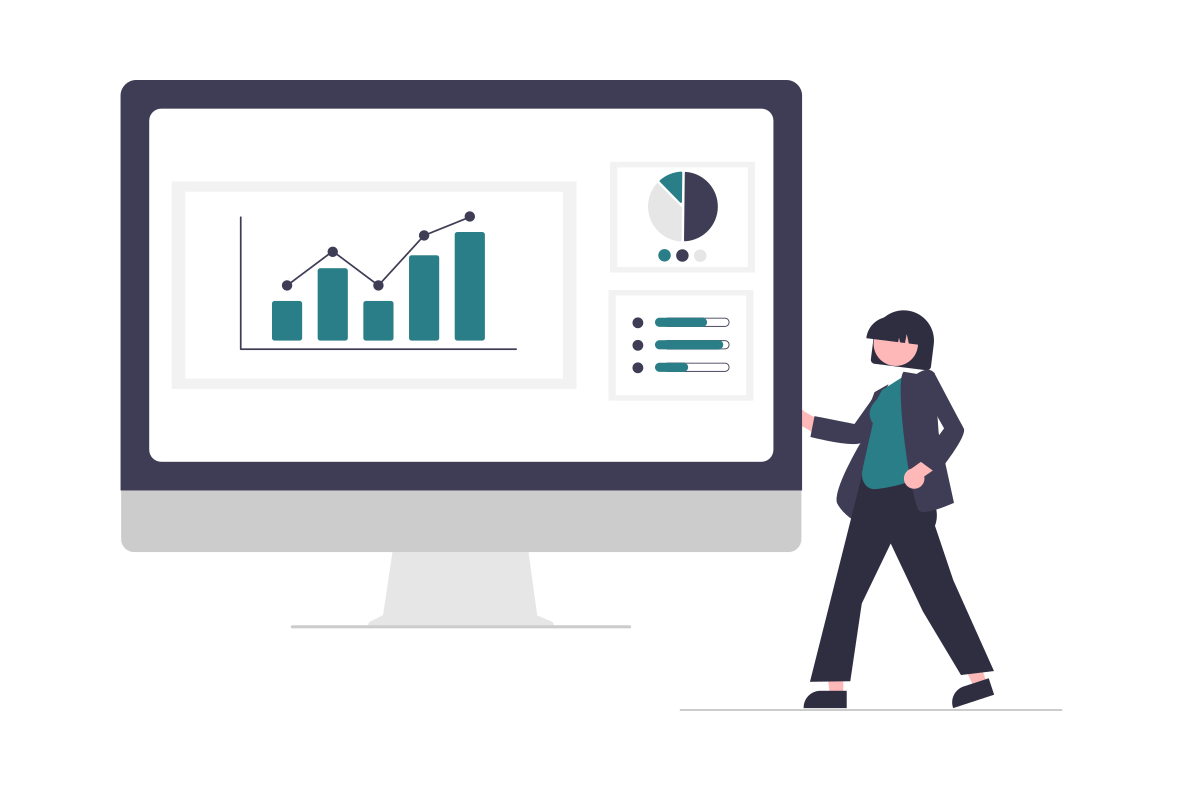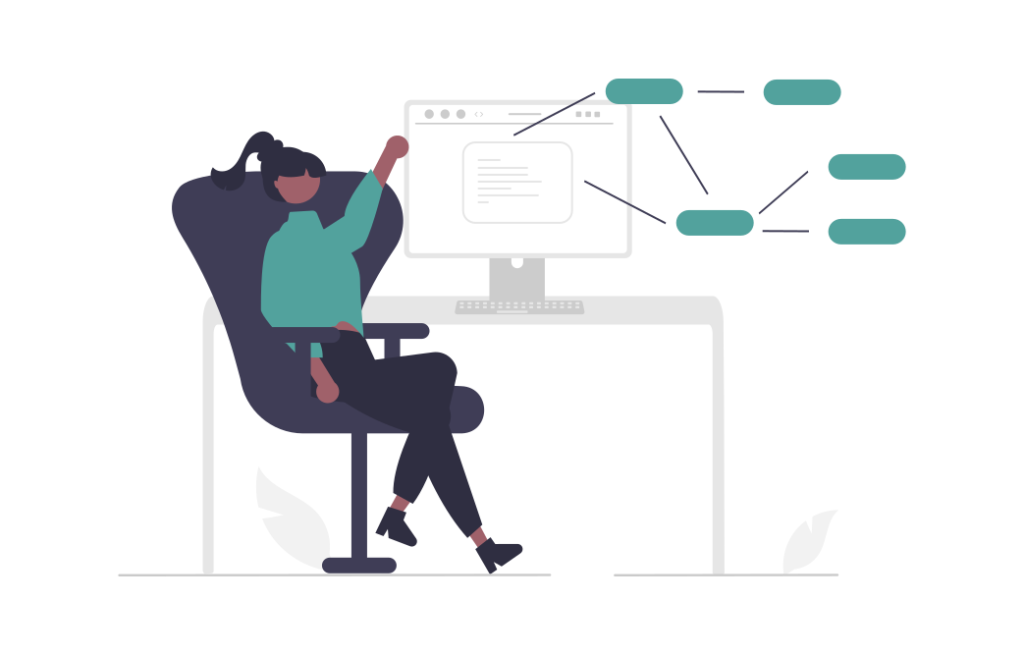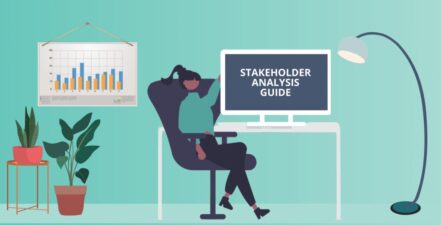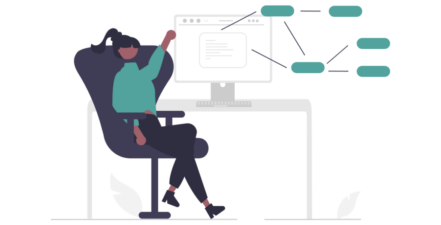Social License: Why it Matters For Your Project or Organization

As a mining company, developer, or organization working on a project or within a community, you might need to get a formal license from the government or a regulatory body. But this isn’t necessarily enough to allow you to go ahead with your project or work.
These days, you may also need a ‘social license’.
But getting your hands on one isn’t as straightforward as submitting some forms and ticking the right boxes.
Let’s explore the concept of social license, including what is, why it matters, how to get (and keep) it, and some interesting examples of what it looks like in practice.
What is a Social License?
A social license can be tricky to measure or define. It isn’t something you can officially apply for. Nobody is handing out certificates you can display on your office wall. And the requirements for obtaining (and retaining) a social license will vary for each community, project, industry, and stakeholder group.
Remember back when at school when you were learning how to write and you had to get your pen license? Before you were allowed to operate a pen, you first needed to prove that you could write neatly with a pencil.
A social license is a lot like that. In order for a project to go ahead, the project team and organization might be required to prove themselves and gain community acceptance — for the duration of the project or work. It’s almost like a ‘social contract’ between the business and its stakeholders.
Social License Definitions
According to Investopedia, a social license to operate (or SLO) ‘refers to the ongoing acceptance of a company or industry’s standard business practices and operating procedures by its employees, stakeholders, and the general public.’
Meanwhile, SocialLicense.com defines it ‘as existing when a project has the ongoing approval within the local community and other stakeholders, ongoing approval or broad social acceptance and, most frequently, as ongoing acceptance.’
And Springer says that a social license ‘refers to the perceptions of local stakeholders that a project, a company, or an industry that operates in a given area or region is socially acceptable or legitimate.’
To sum it up, the generally agreed upon definition for a social license to operate is ongoing community or stakeholder acceptance of an organization, project, or its activities.
But another interesting viewpoint comes from this journal article — that a social license is perhaps better seen as a ‘continuum of multiple licences achieved across various levels of society’. In other words, an organization or project might need to gain acceptance and approval across multiple groups, rather than gaining a single ‘community license’.
Why a Social License Matters

So, why should organizations care about their social license? There are a number of benefits to having the acceptance of your community or stakeholders — and reasons why it’s more important than ever.
Stay Ahead of Tightening Legislation
One of the reasons a social license is being seen as the new standard for social expectations (compared to simply complying with current legislation) is due to the way legislation has changed in recent years. In many countries, corporations have seen governments increasingly legislate change and tighten laws in response to social and environmental impacts. By going beyond compliance, corporations may stay ahead of regulatory changes that would otherwise disrupt their work.
Build Trust with the Community
Strong relationships built on mutual trust and respect are an important foundation for any project. In order to attain and maintain a social license to operate, organizations need to build trust with the community through listening, engaging them in dialogue, providing credible information, and following through on commitments.
|
Engage Stakeholders Meaningfully

We always promote the importance of meaningful engagement — as opposed to the kind of engagement that’s designed to tick boxes just so the project can move forward. Pursuing a social license to operate can encourage organizations to engage stakeholders in a more meaningful way. For example, companies may need to demonstrate that they are:
- Accountable to stakeholders
- Including the right stakeholders in conversations
- Taking a collaborative approach
- Learning from stakeholders’ perspectives and insights
This kind of stakeholder engagement ensures that stakeholders can have a real impact on the outcomes that affect them — and this can help increase a community’s acceptance of the work or organization.
Meet Changing Societal Expectations
More than ever, communities expect and demand greater involvement in the decisions that impact them. While several decades ago, it may have been considered acceptable for organizations to stick to any regulations and keep stakeholders informed, stakeholders now expect a chance to sway outcomes and share in any benefits. In the age of consent (with social media making nearly any stakeholder a potential force of power and influence), making sure you have social permission to go ahead is critical.
|
Increase Acceptance of Change
One interesting illustration of a social license (and how it works) is the way that drunks are tolerated in some societies and social settings — despite some unwanted and unacceptable behavior. So, why are they allowed to remain (at least, until the behavior crosses a line)? It’s because they can be a great source of unspoken truths (and entertainment). In the same way, an organization’s presence and activities may be allowed if they play a valuable role for the community in some other way.
Increase the Success of a Development
For many projects, a social license to operate can play a significant role in determining whether it is successful or not. Not only because a community’s approval can help to improve reputations and reduce potential roadblocks. But also because the process of gaining and maintaining community acceptance can force the organization to:
- Better engage the community
- Listen to others and explore different perspectives
- Find social and environmental risks that could impact the project plans
- Operate with greater transparency
- Fix problems in a timely manner
Engage Stakeholders to Gain (or Maintain) a Social License to Operate
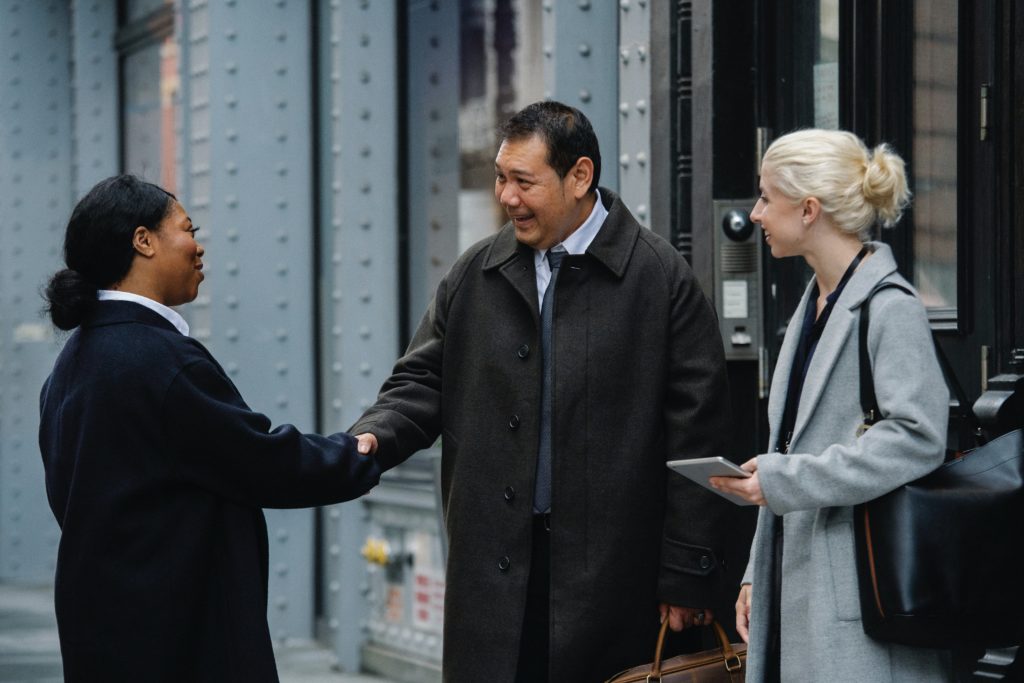
Stakeholder engagement is closely entwined with the social license to operate. Done right, your engagement can help you to gain or hold onto that license. But if you don’t manage and engage your stakeholders appropriately, you could cause more harm than good.
Here’s 12 tips to help you manage and engage with stakeholders in a way that supports your social contract with the community.
1. Identify Your Stakeholders
The requirements for your social license will depend a great deal on who your stakeholders are — and what they think of you. So it’s important to go through the steps of stakeholder identification, mapping, and analysis.
2. Categorize Your Stakeholders
Who do you need approval and acceptance from? Which of your stakeholders can issue your social contract?
Within each community, there are multiple groups and stakeholder types — each with different levels of interest, impact, and influence. To efficiently engage with them, you must use your stakeholder analysis to categorize your stakeholders. Then you can tailor your approach to make it meaningful to each group, while increasing acceptance for your project from the community members most likely to grant (or remove) your social license.
3. Ask the Right Questions

If you’re surveying stakeholders, make sure you ask questions that allow people to contribute a meaningful response. Each question should serve a clear purpose — otherwise, you’re wasting people’s time just so you can ‘tick another box’.
Part of asking the right questions means not making people repeat themselves. Use a system like Simply Stakeholders that allows you to record stakeholder interactions and responses. This can help you refer to past responses instead of asking the same questions over and over again — and help you build stronger relationships over time. (Remember — social license is about ongoing acceptance — so assume you’ll be working with the same stakeholders for a long period of time.)
4. Bring in the Right People
Your organization has a responsibility to ensure they engage a mix of participants that match the community’s demographics. If there’s someone missing, you should actively seek their input and make sure your engagement methods, locations, and times are accessible to them.
5. Let Your Stakeholders Set Your Standards
You don’t get to decide what actions are appropriate in order for you to gain approval from the community. It’s up to your community stakeholders. This means you must engage your stakeholders when doing your due diligence to understand the social or environmental risks at play. Together, you should determine what prevention or mitigation measures are reasonable.
|
6. Be Transparent
Stakeholder engagement can support greater transparency and build the trust needed for creating a social license. So, how can you engage stakeholders in a way that increases transparency?
Stakeholders are more likely to see an organization as transparent or open when they quickly review, act, and report on issues — especially issues that matter to stakeholders. If you’re too slow to communicate the issue, stakeholders may suspect you’re hiding something. If you don’t act upon it quickly enough (or at all), stakeholders may suspect that you don’t align with them on the issue.
To do this effectively, you first need to take a few steps back and proactively identify what issues matter to each of your stakeholder groups. Then engage with them to understand their expectations (and manage them) so that you can keep the right people informed at the right time — and take the right actions.
|
7. Communicate Regularly
Regular communication is an important part of stakeholder engagement and supports your social license by:
- Educating stakeholders about the project to increase confidence and reduce concerns
- Promoting any benefits of the project to increase support
- Sharing updates about the project to keep people informed
- Promoting ways to get involved and share feedback
- Reporting on any results of the engagement and how the community is having an impact
- Supporting efforts to build long-term relationships
Ideally, communication should be strategic and targeted, ensuring that stakeholders receive information that’s most relevant to them in a format that they’re more likely to engage with.
8. Engage in Two-Way Conversations
It’s important to go beyond just communication and offer opportunities for stakeholders to engage in two-way conversations and meaningful dialogue with your organization. This can enable you to discuss issues, address stakeholder concerns, quickly build trust, and even share in decision-making. Suitable platforms may include face-to-face or online meetings, public forums, online chat, email, and phone calls.
|
9. Treat People Fairly
It’s important to mitigate any negative operational impacts of a project or activity. But despite some negative impacts, if their engagements with personnel and community stakeholders are high quality and they’re seen to treat people fairly, a project may still be perceived in a positive light.
10. Think Long-Term
A social contract is only valid for as long as the project or organization has the community’s acceptance and approval. You must develop long-term relationships with your stakeholders — and put systems in place to support a long-term engagement. Use a tool (like Simply Stakeholders) that can track all your stakeholder communication, allowing you to build on your relationships with each interaction.
11. Ongoing Monitoring
Over the length of the project and engagement, you’ll need to respond to changes that may arise. It’s important to continually monitor the situation by gathering feedback, analyzing sentiment, and engaging with stakeholder groups. And be prepared to make adjustments as you go in order to hold onto your social license and continue building long-term relationships in the community.
12. Operate Responsibly
Last but not least, it’s worth mentioning that stakeholder engagement and management is just one side of the coin. To maintain social license in the long term, it’s not enough to plan with good intentions or say you’ll do the right thing. You actually need to operate responsibly and ethically, considering how each activity and decision might impact the community and environment. This is because community approval and acceptance can be quickly lost if your actions don’t match up with your words.
Stakeholder Software to Support Your Project
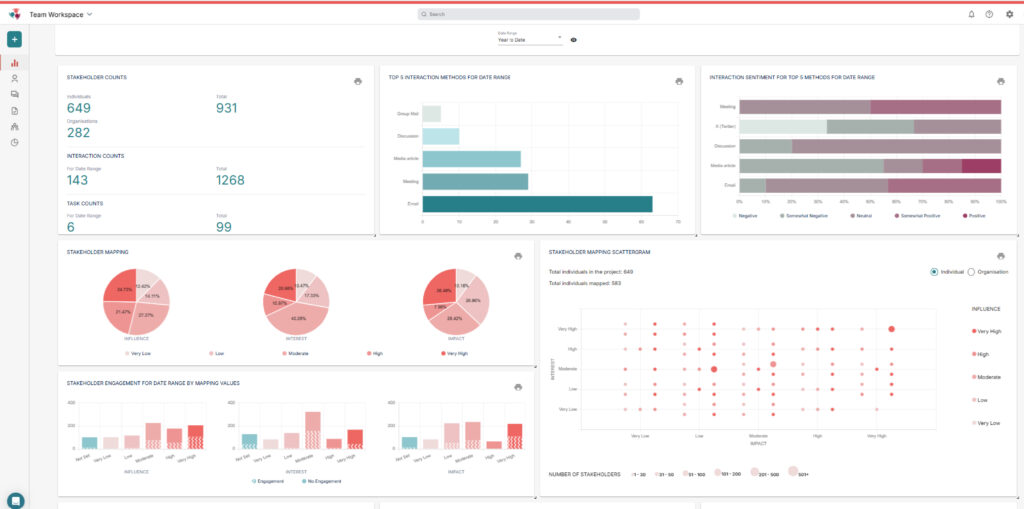
To do stakeholder engagement properly — the kind of engagement that helps your social license to operate — you need the right tools for the task.
Simply Stakeholders can help support the entire stakeholder engagement process for your project. Features include:
- Stakeholder records and interactions
- AI-driven sentiment analysis
- Stakeholder analysis and mapping
- Stakeholder communication (including email and text)
- Monitoring and reporting
Take a look at how our stakeholder software works or contact us to request a demo.









